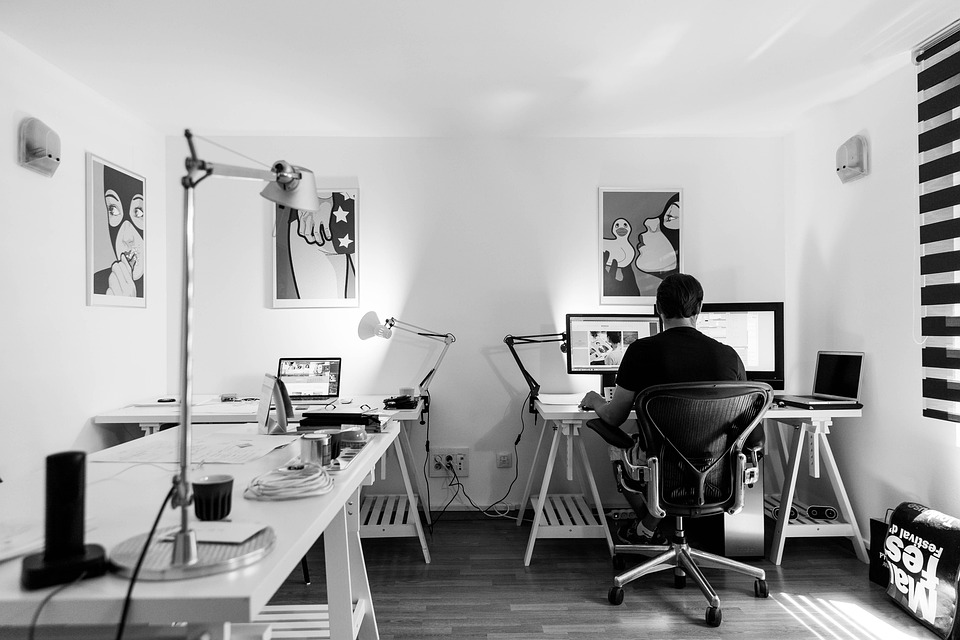In the competitive world of design, your CV is not just a document; it’s your personal branding statement, a canvas where your creativity meets professionalism. To stand out in the crowded market, crafting an exceptional CV template is essential. So, how can you strike that perfect balance between creativity and clarity? Let’s explore some key elements that will elevate your designer CV.
1. Embrace Visual Hierarchy
Your CV should be a feast for the eyes, but not at the expense of clarity. Start by establishing a clear visual hierarchy. Use headings, subheadings, and bullet points to guide the reader through your narrative. The font choice plays a crucial role here too; opt for something modern yet readable. A sans-serif typeface like Helvetica or Arial often works wonders, while a touch of colour can highlight key sections without overwhelming the senses.
2. Personal Branding
Your CV is an extension of your brand. Think about how you want to present yourself. Your name should be the focal point, but consider incorporating a personal logo or a distinctive design element that reflects your style. Consistency is key—ensure your colour palette and typography align with your portfolio and other professional materials. This cohesive branding will make you memorable.
3. Tailored Content
Generic CVs are the bane of job applications. Instead, tailor your content to suit the specific role you’re applying for. Research the company’s ethos and values, and align your skills and experiences accordingly. Use action verbs and quantify your achievements where possible. For instance, “Increased user engagement by 30% through a redesigned user interface” is far more impactful than merely stating that you redesigned a user interface.
4. Showcase Your Work
Designers have the luxury of showcasing their work visually, so use this to your advantage. Consider integrating a portfolio section within your CV, where you can display snapshots of your projects. If space allows, include a QR code linking to your online portfolio for easy access. This not only demonstrates your skills but also your initiative in making the application process seamless for potential employers.
5. Testimonials and Endorsements
Incorporating testimonials from previous employers or clients can add an extra layer of credibility. Short, punchy quotes can break the monotony of text and provide a personal touch. This not only highlights your skills but also gives potential employers insight into how you collaborate and communicate with others.
6. Keep It Concise
In a world where attention spans are dwindling, brevity is crucial. Aim for a CV that is no longer than two pages. Every word should serve a purpose. Trim the fat: eliminate outdated or irrelevant information. A concise CV speaks volumes about your ability to distill complex ideas into digestible bits—an essential skill for any designer.
7. Proofread and Edit
A CV filled with typos and grammatical errors can undermine even the most impressive credentials. After crafting your masterpiece, put it down for a day or two, then revisit it with fresh eyes. Consider asking a friend or colleague to review it. They might spot errors you’ve missed or provide valuable feedback on the overall presentation.
Creating a standout designer CV template is no small feat, but the effort is undoubtedly worth it. By combining visual appeal with concise, tailored content, you can craft a document that not only showcases your skills but also reflects your unique style. Remember, your CV is your first impression—make it count.
For those looking to refine their CV further, CVPortal continuously brings you high-quality CV references to inspire your next application.

